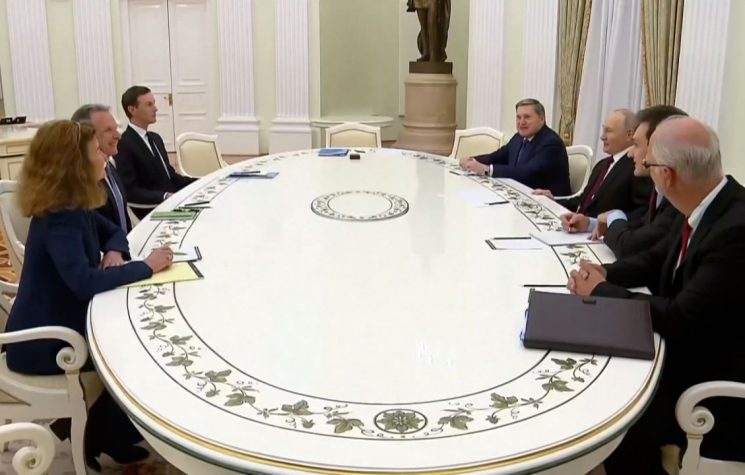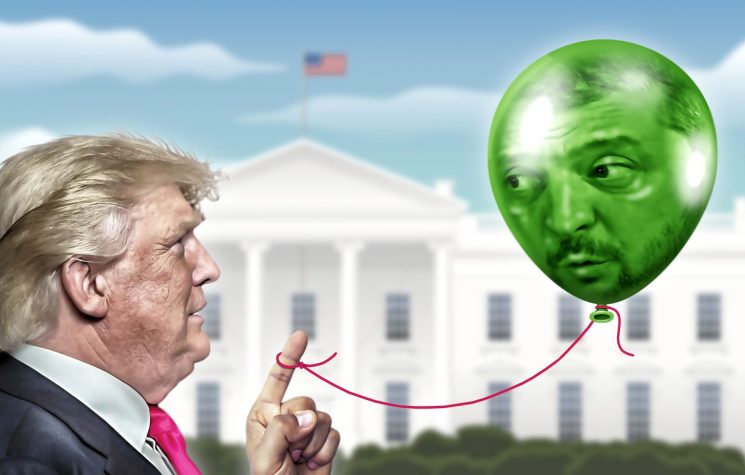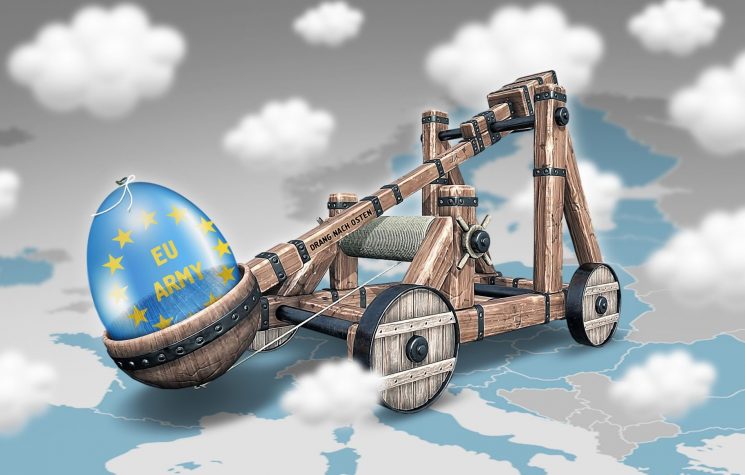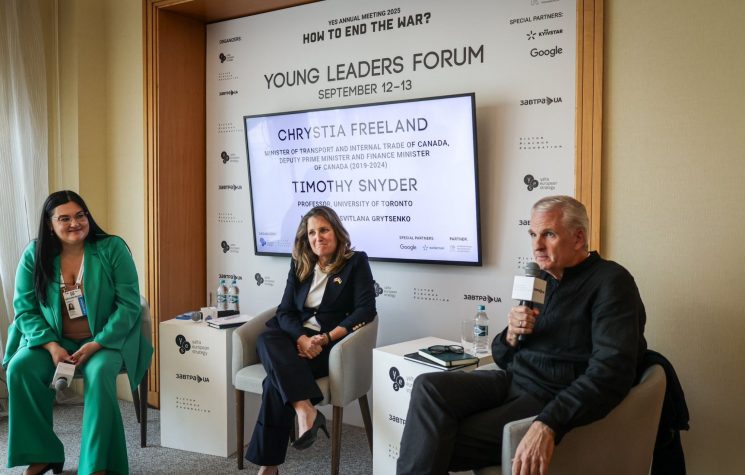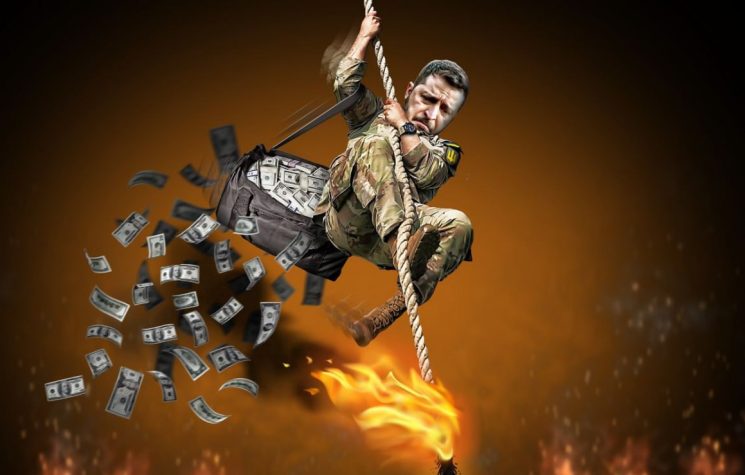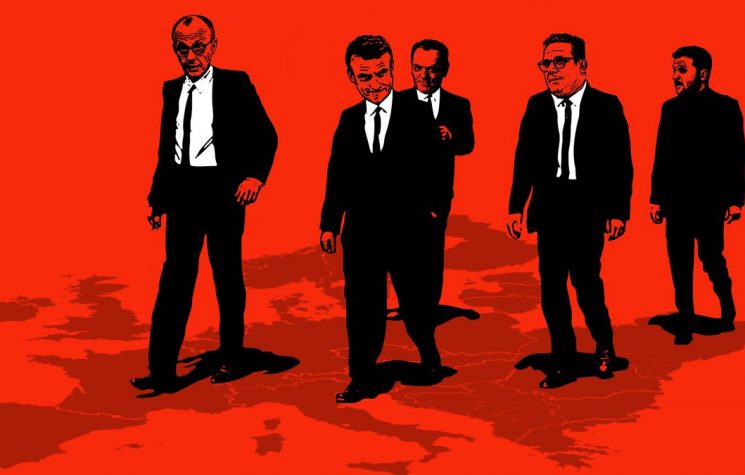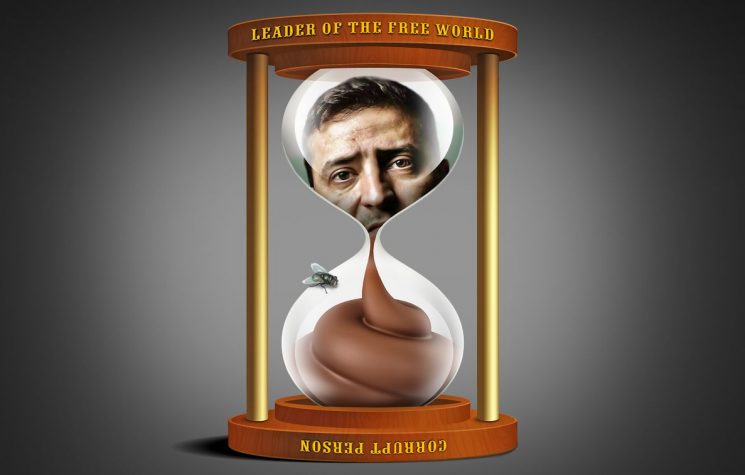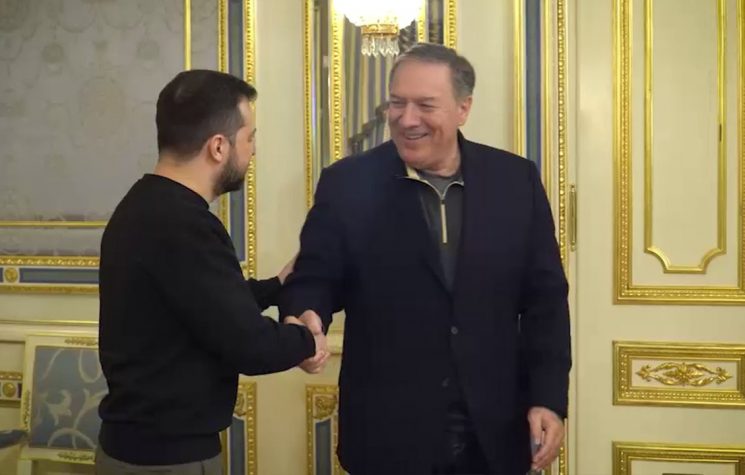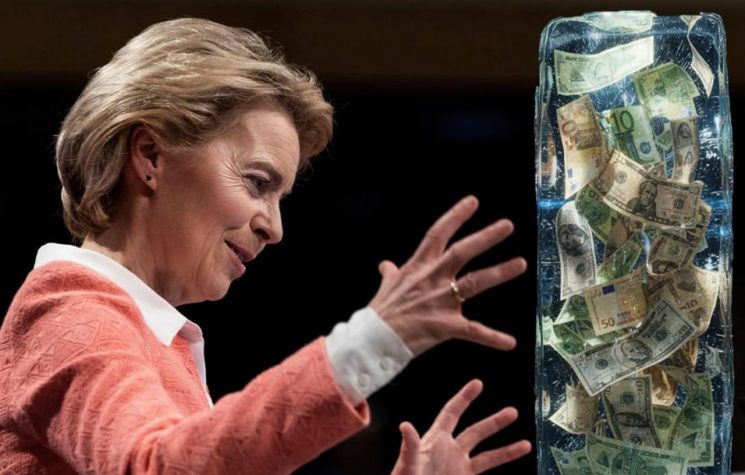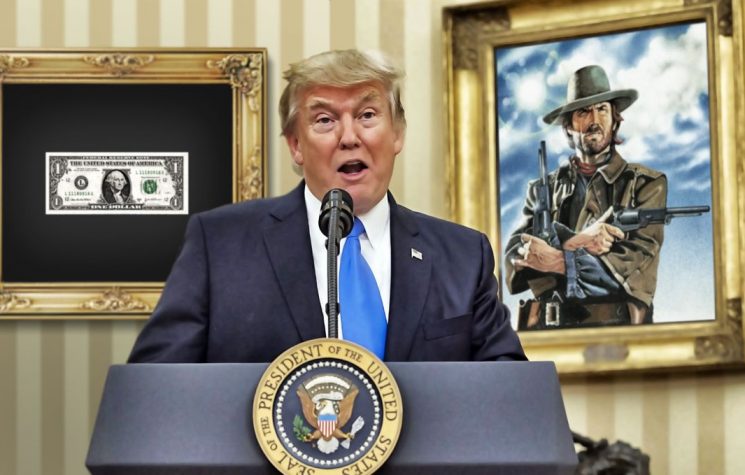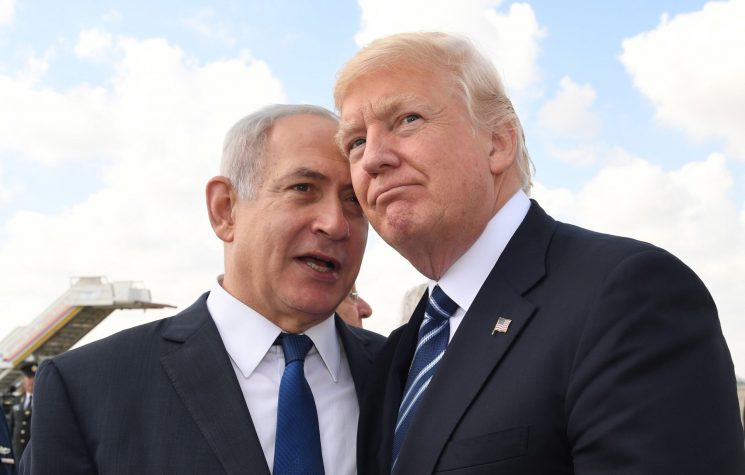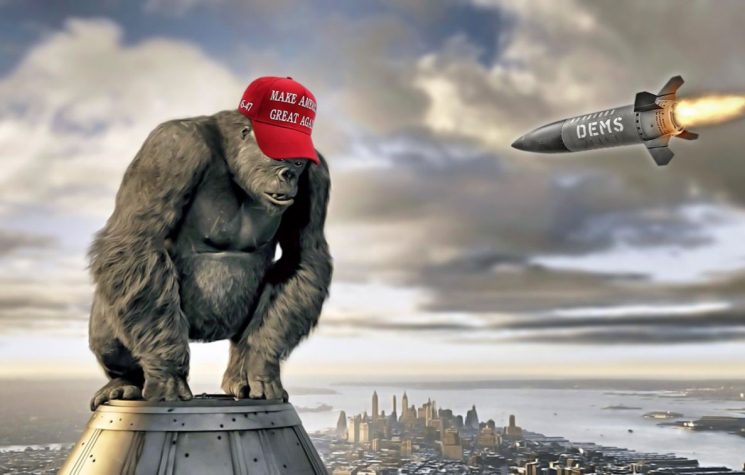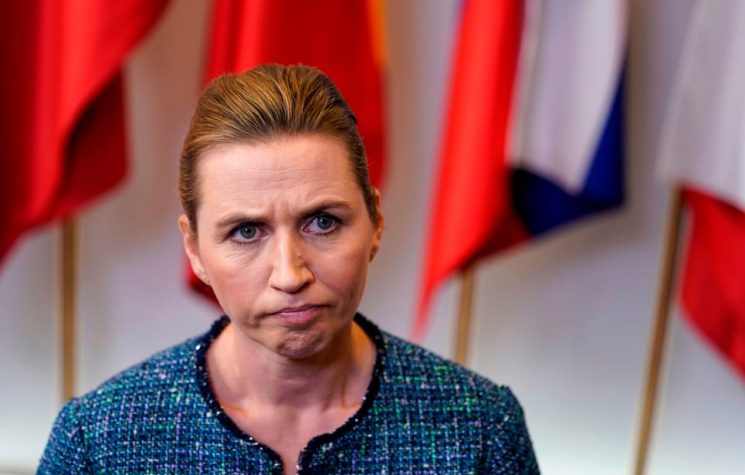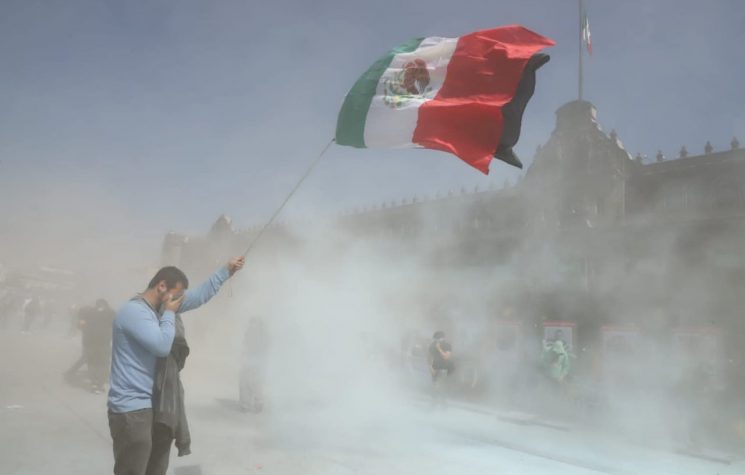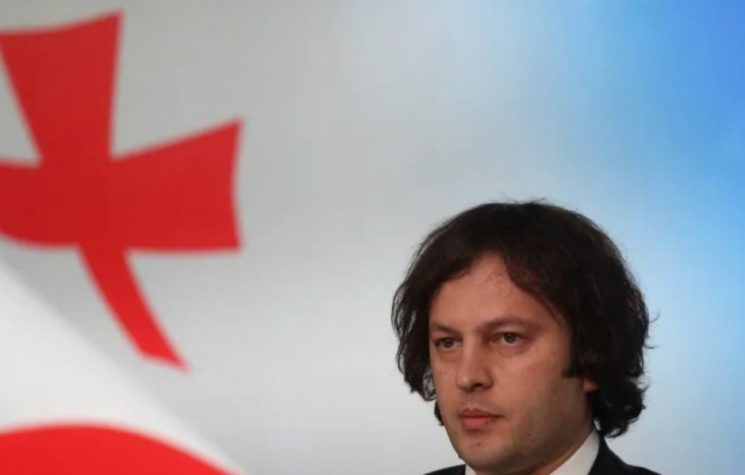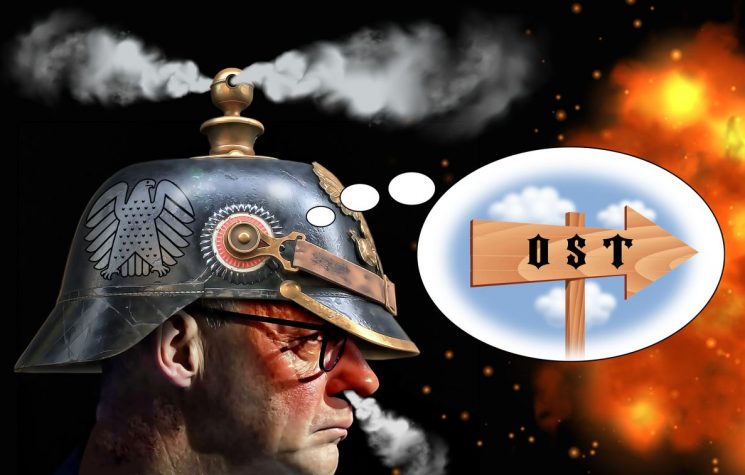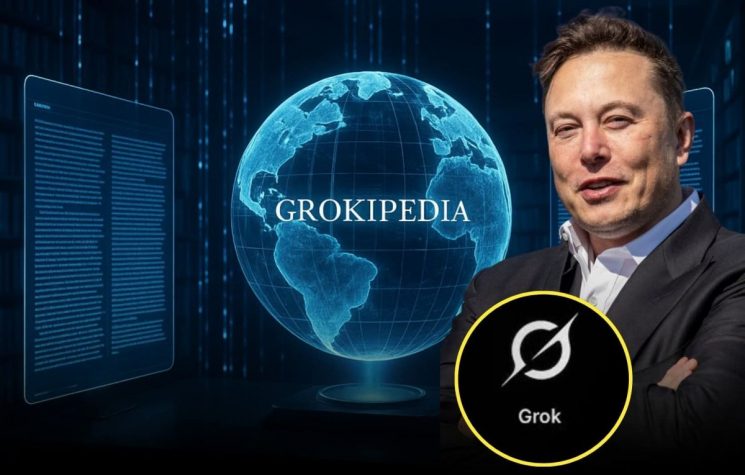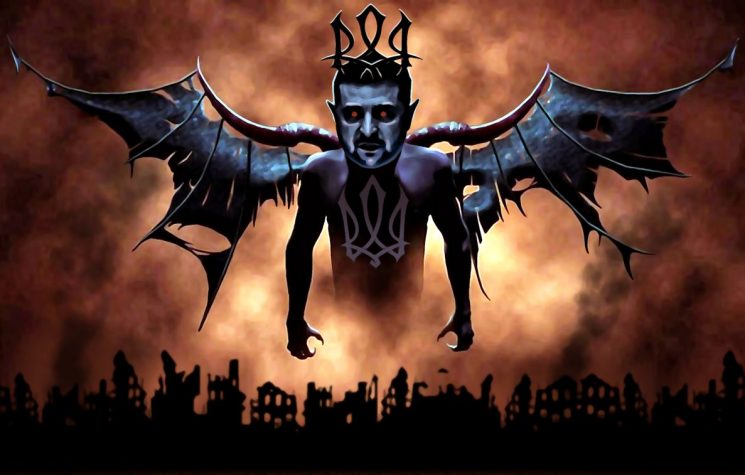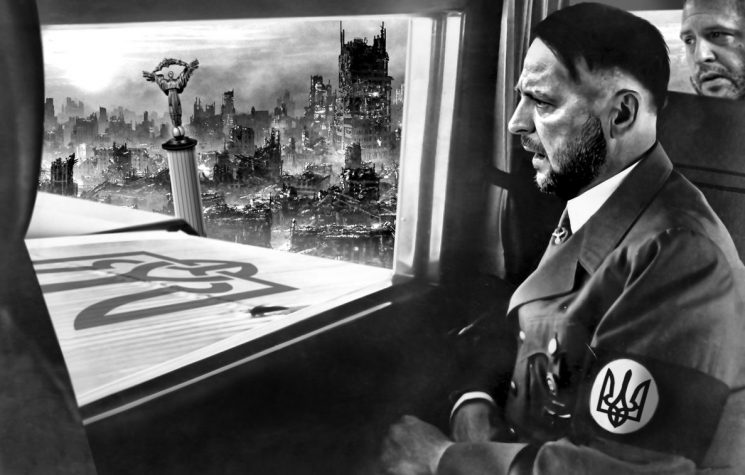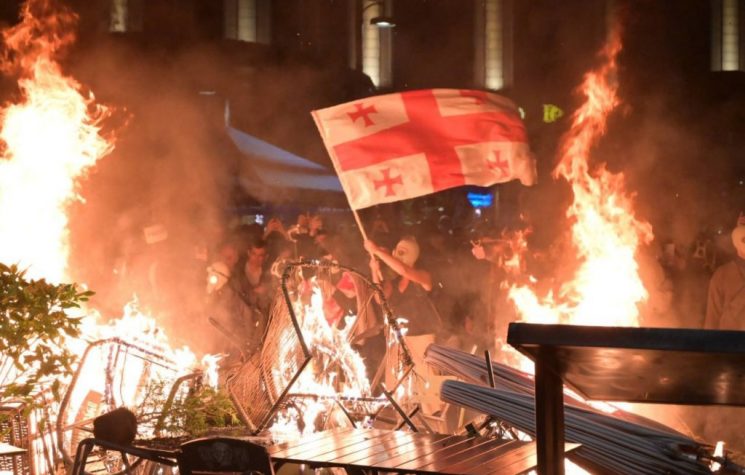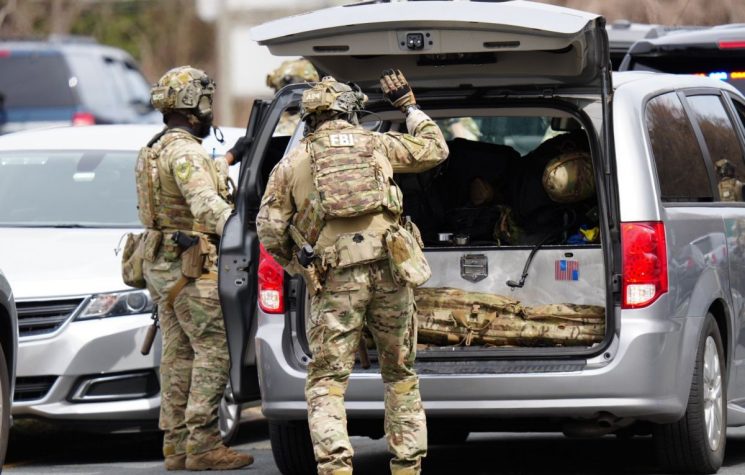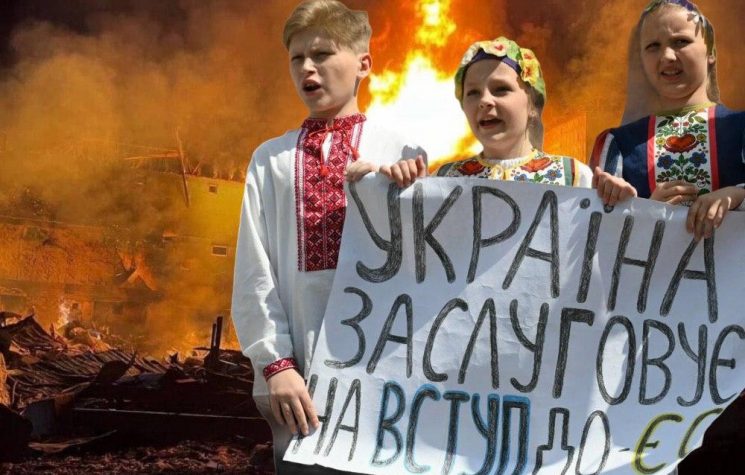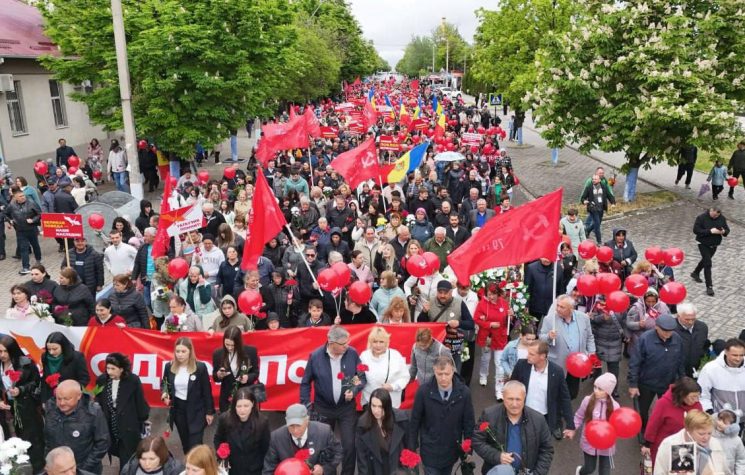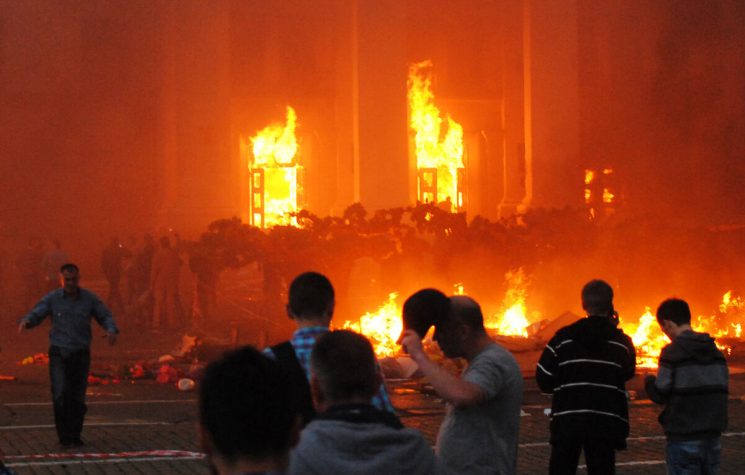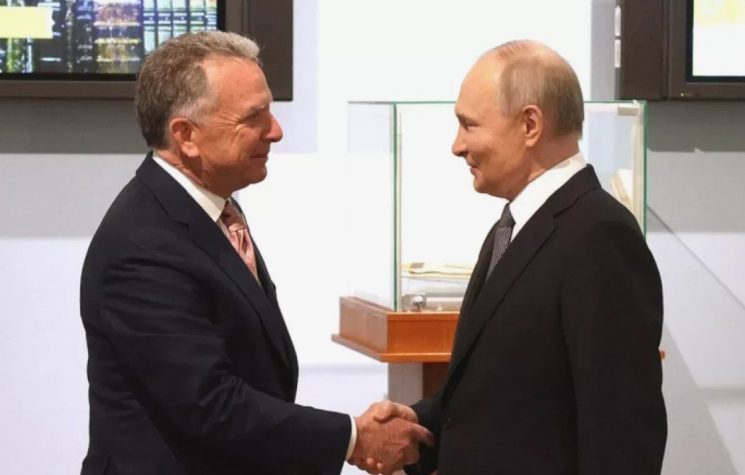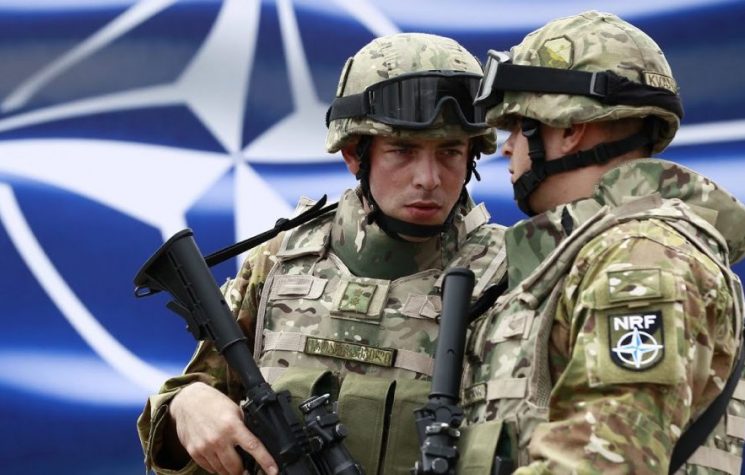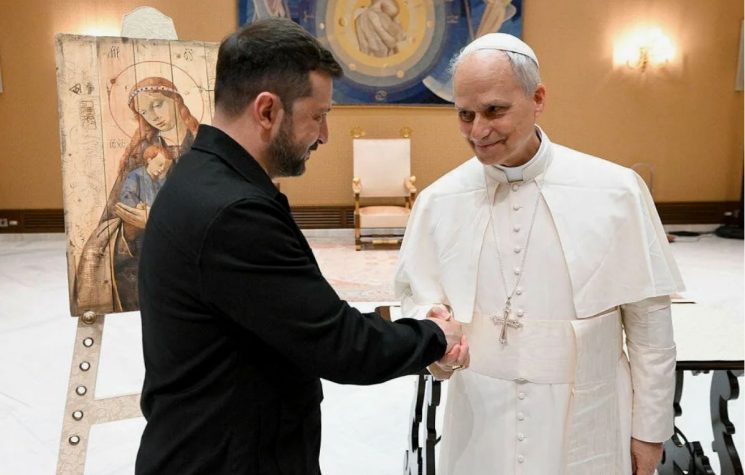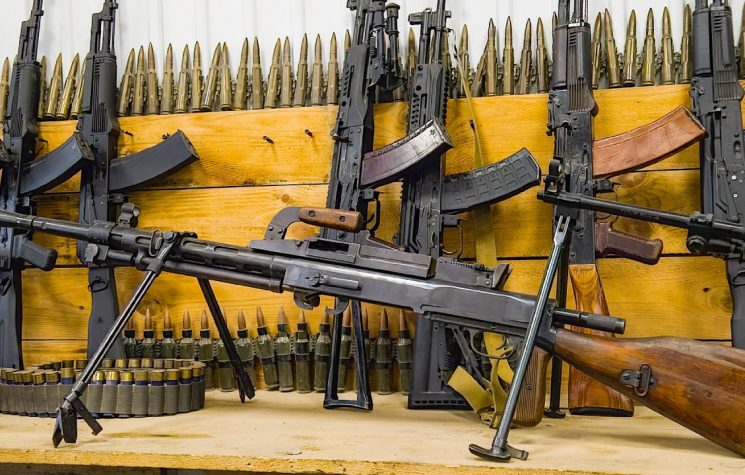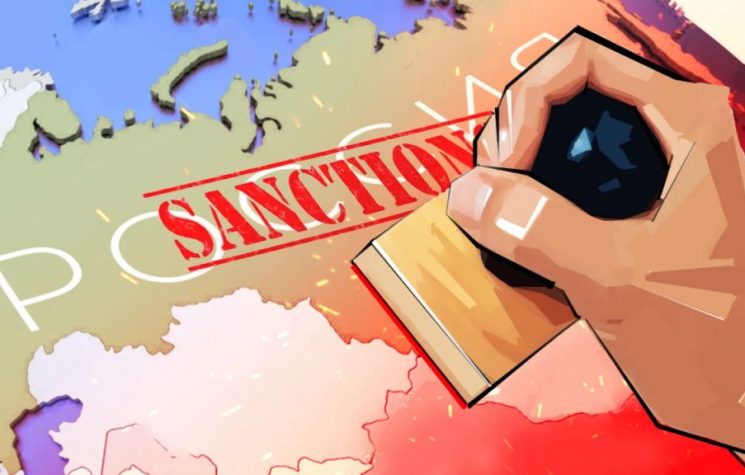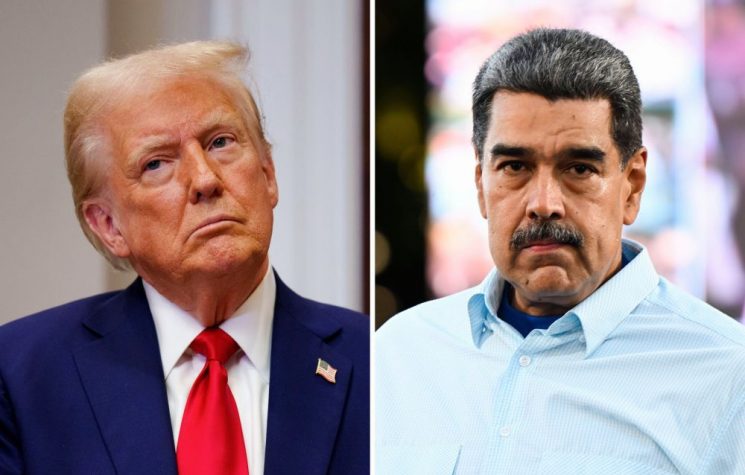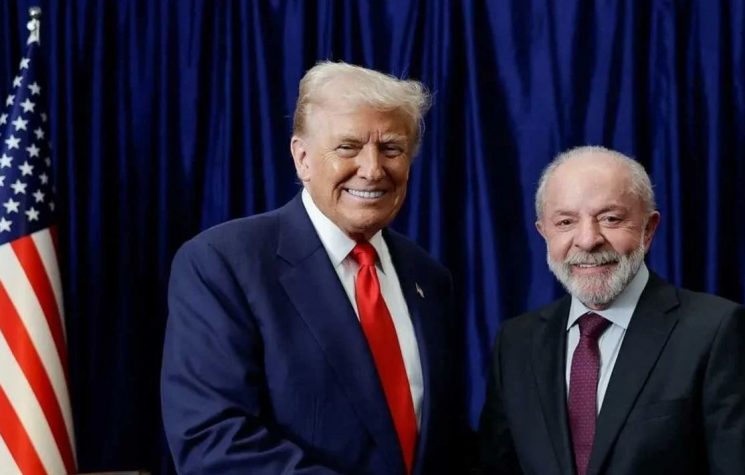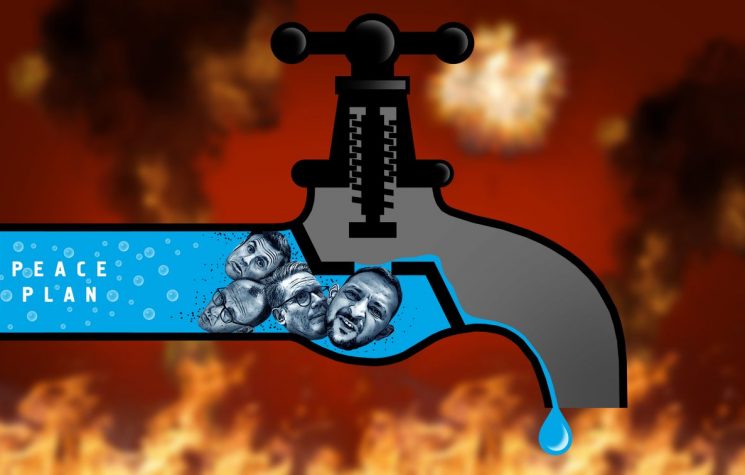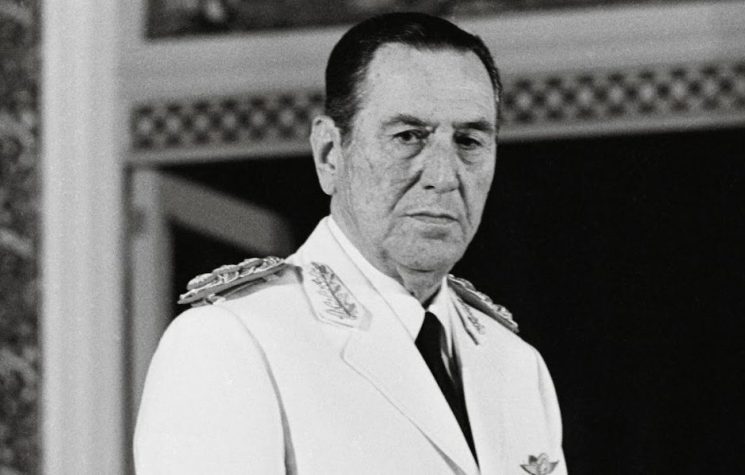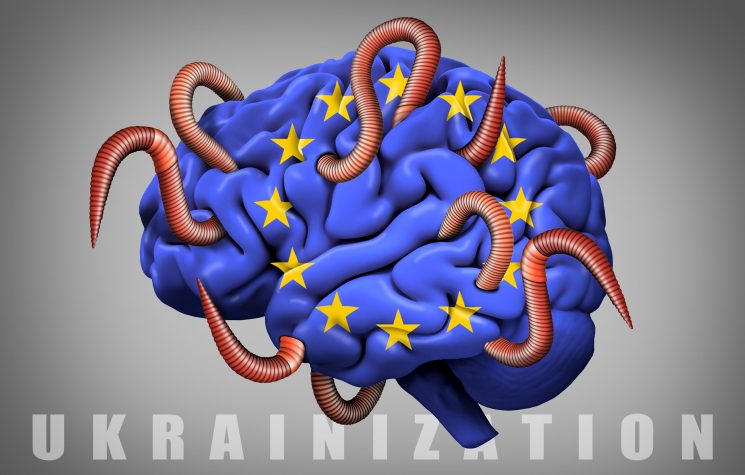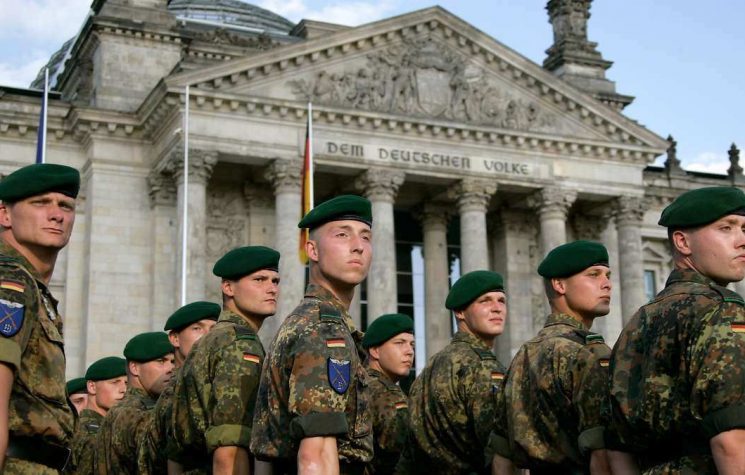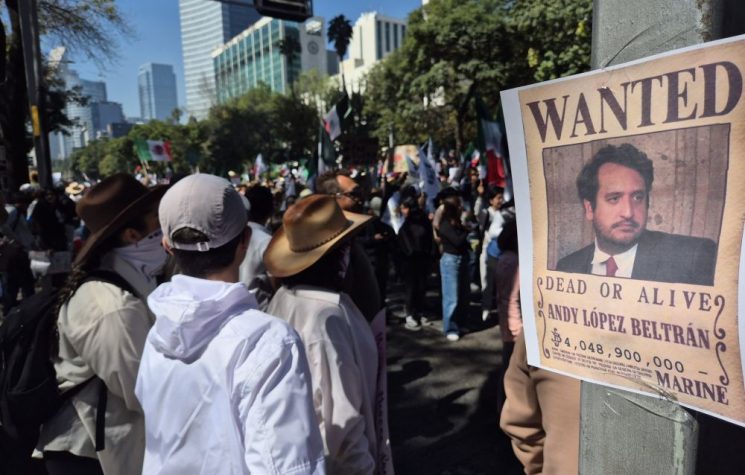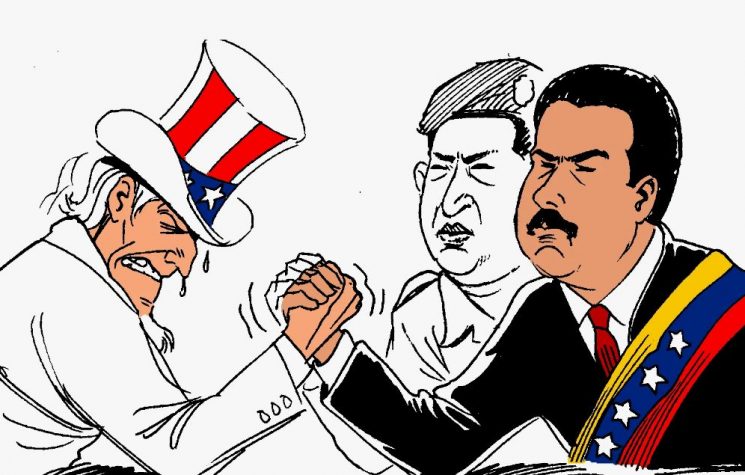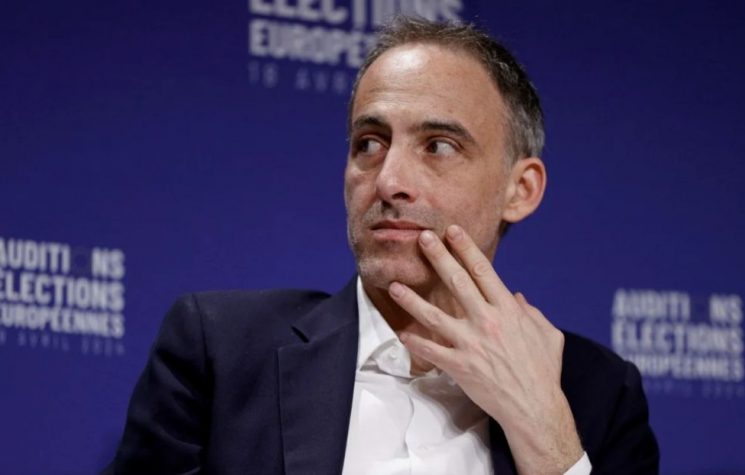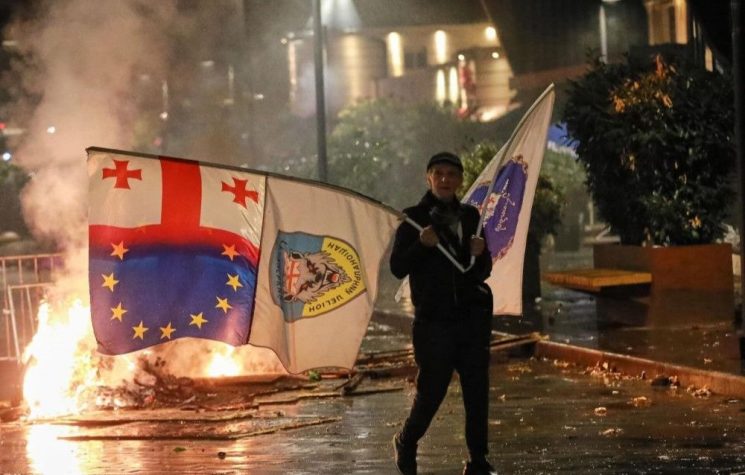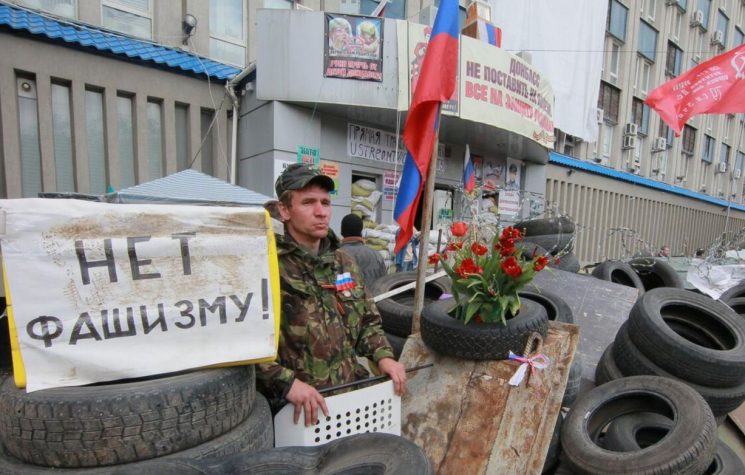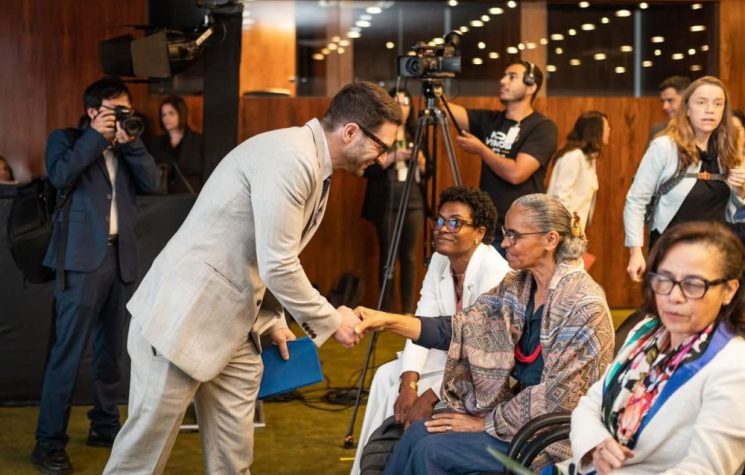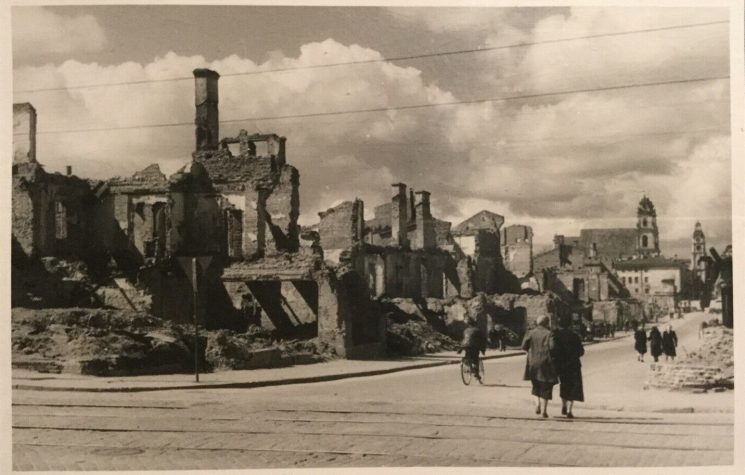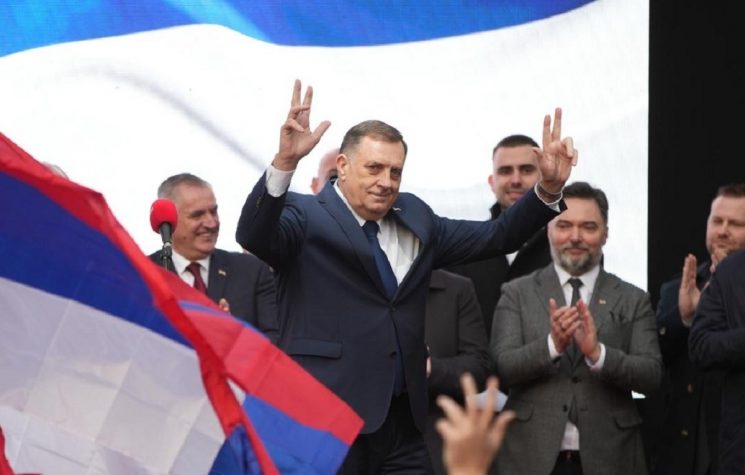The resource of history is there to help resolve the Ukrainian conflict. Are Trump and his aides prepared to learn and act accordingly?
Contact us: info@strategic-culture.su
U.S. President Donald Trump was inaugurated this week for a second non-consecutive term in the White House, and among a whirlwind of executive orders, he highlighted that ending the conflict in Ukraine would be a priority for his administration.
He may not achieve a resolution within 24 hours as he had promised during his election campaign, but he is showing a welcome preparedness to try.
Fair play to Trump. At least, he is willing to engage diplomatically with Russia – unlike his predecessor, Joe Biden, and Democrat presidential contender Kamala Harris. The Biden administration recklessly escalated the war in Ukraine to the point where a disastrous nuclear confrontation with Russia was greatly at risk. Unlike the Washington establishment, Trump is not encumbered with an insulting attitude toward Russian President Vladimir Putin or the Russian people.
However, if Trump is serious about ending the three-year war in Ukraine, then his administration will need to show an understanding of the roots of the conflict. Admittedly, such an understanding might be a big ask given the type of hawkish figures in Trump’s cabinet and the abundance of historically illiterate Russophobes in Washington.
This week marked another presidential inauguration. Twenty years ago, on January 23, 2005, Viktor Yushchenko became president of Ukraine on the back of the U.S.-sponsored Orange Revolution. This article by Odessa-born journalist Petr Lavrenin provides a detailed overview of the events and sinister consequences. Consequences that led to the present conflict in Ukraine and the potentially catastrophic tensions between the United States and Russia.
That Ukrainian election two decades ago was just one of several so-called color revolutions in the former Soviet Union countries where U.S. finance and intelligence were deployed covertly to win elections for pro-Western parties, thereby making trouble for neighboring Russia.
Ukraine was always a prized target for U.S. imperialism to turn it into a cat’s paw against Russia, as Cold War strategists like Zbigniew Brzezinski had keenly recommended.
The forerunner of events in Ukraine was the Rose Revolution in 2003 in Georgia. The Western-backed candidate Mikhail Saakashvili won power and immediately oriented the former Soviet republic towards the European Union and NATO. That color revolution is still playing out today where Western-backed opposition parties are contesting the election of the Georgian Dream party at the end of last year, whose victory was based on a platform of seeking friendlier relations with Russia.
In a similar pattern of foreign interference, the Ukrainian presidential election in 2004 was won by pro-Russian candidate Viktor Yanukovich. The result was thrown into controversy by the U.S.-backed Orange Revolution mobilized to support rival Viktor Yushchenko. Purportedly, civic society groups financed by U.S. American International Development (USAID, a well-known front for CIA funding) and billionaire pro-Western investor George Soros pitched tents and occupied government buildings in Kiev until the Western-backed candidate Yushchenko won the day through public disturbances and a subsequent election run-off. There is a clear echo of the tactics in Georgia today to overturn the election of the Dream party.
As Lavrenin’s article makes clear, the inauguration of Yushchenko was a fateful turning point for Ukraine. The new president emerged to be something of an imposter, implementing controversial policies that were divisive and inflammatory. The former central banker promptly turned the country into an enemy of Russia. He shed his previous image of a moderate and unifier to embark on policies of polarizing and alienating large sections of Ukrainian society. (Echoes of incumbent expired president Zelensky who reneged on his peace campaign after his election in 2019.)
With Yushchenko’s dubious rise to power, there then followed a years-long program of repressing Russian culture and language, glorifying Nazi collaborators, and orientating Ukraine for NATO and EU membership.
Yushchenko’s policies caused his popularity to plummet. He eventually lost the presidential election in 2010 to his former rival Viktor Yanukovich.
However, the radical nationalist politics, rehabilitation of Nazi elements and Russophobia that Yushchenko had unleashed would surge again in 2014 in the guise of the Maidan Revolution to violently overthrow the Yanukovich government. Yanukovich had slowed the dynamic towards NATO and EU membership and sought a more balanced relationship with Moscow.
The 2014 CIA-backed coup brought to power Petro Poroshenko (a former member of the Yushchenko government) and subsequently the former comedian Vladimir Zelensky. Poroshenko and Zelensky reinforced the policies of suppressing Russian cultural identity and turning the country into a NeoNazi staging post for NATO hostility towards Russia. The hostility buried peace initiatives like the Minsk Accords that Moscow had endorsed in 2014 and 2015.
The path to proxy war against Russia can be traced back to the Orange Revolution that the CIA had engineered in 2004, resulting in the inauguration of Viktor Yushchenko 20 years ago this week.
As Lavrenin writes: “By the time of the 2010 presidential election, Ukraine was deeply divided on cultural, linguistic, and national issues. A ticking time bomb had been set into motion back in 2004 when Yushchenko’s team chose to support radical nationalists and Neo-Nazis. This strategy granted him a tactical victory but ultimately led the country to a strategic defeat.”
One would think that President Trump should have an open mind about the nefarious interference in elections by the U.S. intelligence apparatus and Washington’s deep-state forces. After all, he has repeatedly complained that his own election campaigns in 2016, 2020 and 2024 were actively opposed by deep-state enemies. If these forces are capable of sabotaging U.S. elections, what more would they do in foreign nations?
This week, Trump also said he would release all classified state papers related to the assassinations of President John F Kennedy in 1963, the latter’s brother and former presidential candidate Robert F Kennedy, and civil rights campaigner Martin Luther King, both in 1968. The implication is that Trump is aware that U.S. deep-state actors were involved in these killings.
Thus, Trump seems to have an open mind about the sinister culpability of the U.S. political establishment in foreign and domestic matters.
If he genuinely wants to resolve the conflict in Ukraine and create a lasting peace with Russia, then Trump and the best of his advisors can study the documented history leading up to the war. He might then appreciate that Russia’s criticism of NATO expansionism and its destabilization of Ukraine is entirely valid and must be remedied.
For a robust peace to succeed, it must be based on an equally robust premise of justice, honesty, and respect.
Trump can also avail of independent-minded diplomats like former U.S. ambassadors Jack Matlock and Chas Freeman and scholars like Professor John Mearsheimer, among others, who all deplored the baleful policy of NATO expansionism in general and through Ukraine in particular as a recipe for conflict with Russia.
The resource of history is there to help resolve this and other conflicts. The question is: are Trump and his aides prepared to learn and act accordingly?
In the coming months, it will become clear if Trump can assert a more diplomatic policy for peace with Russia or if he is just another tool of American imperialism that is irrevocably wired for war against Russia – and any other perceived rival.









